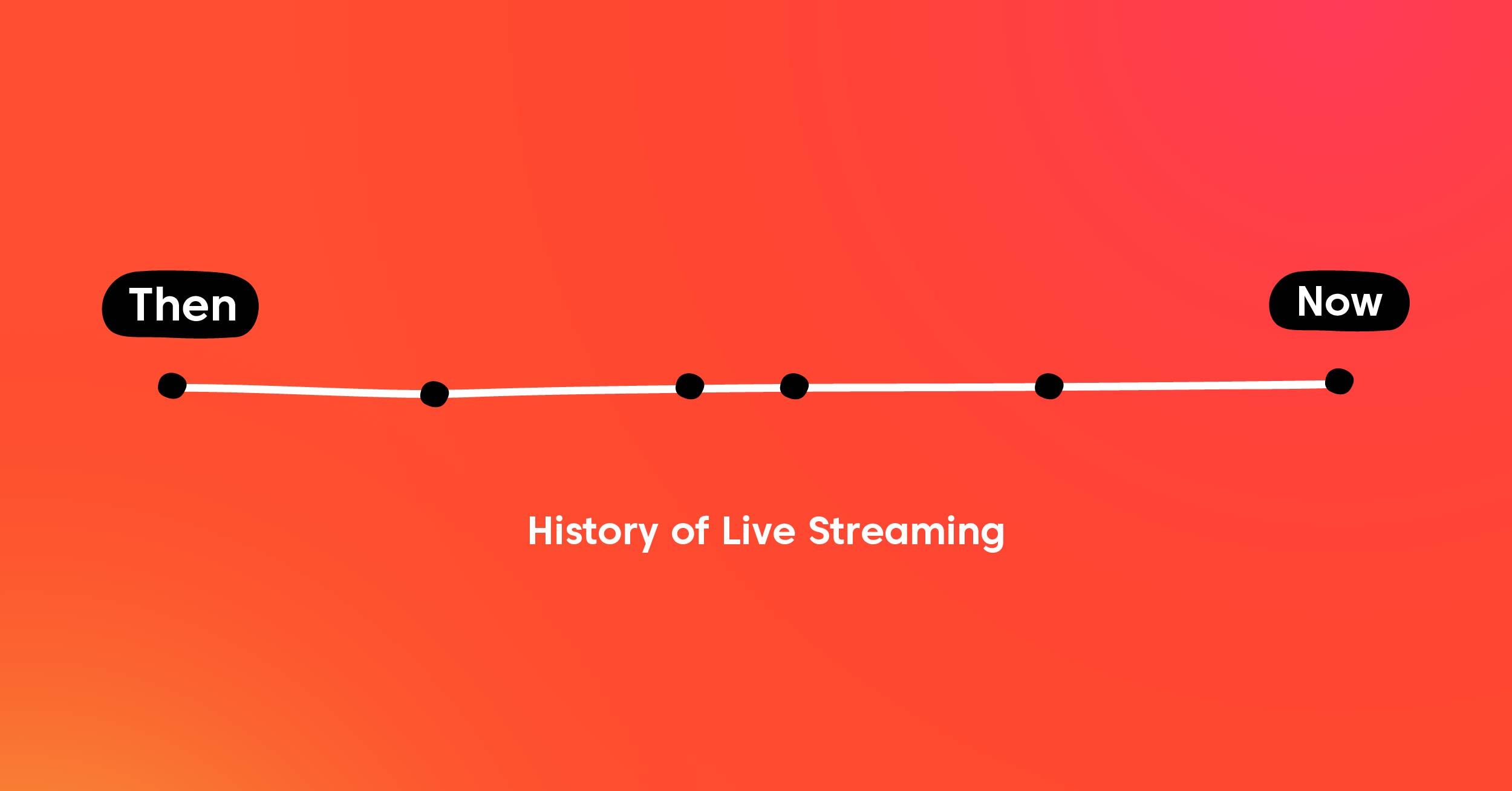Numerous technologies are applied to stream video content over the internet. Video streaming protocols are one of the core technologies necessary to make this happen. There are many different video streaming protocols available in the industry. HLS and RTMP are two of the most popular protocols used today. Each of them has its advantages and disadvantages. So, which one should you use? We first need to understand these protocols, their features, and how they work to answer this question.
RTMP- Real Time Messaging Protocol is a TCP-based streaming protocol developed by Macromedia, which Adobe later acquired. It is widely used because it offers persistent connections and low-latency live video streaming. On the other hand, HLS stands for HTTP Live Streaming. It is an HTTP-based protocol developed by Apple. HLS is one of the most popular streaming protocols because most devices and browsers support it.
This article will compare RTMP and HLS protocols regarding their features, advantages, and disadvantages. This will help you understand which protocol best suits your streaming needs.
What is RTMP?
RTMP is a TCP-based protocol that stands for Real-Time Messaging Protocol. The video streaming solution uses RTMP to stream live videos from sources to servers for further distribution. The live videos are encoded in the RTMP protocol and sent to RTMP servers. This protocol splits streams into fragments before sending them to servers.
RTMP servers take the RTMP stream fragments and send them to specific software clients or media players. The software clients or media players then decode the RTMP protocol and present the video to viewers. RTMP is one of the most popular protocols for streaming live videos. It offers various benefits, including low latency and persistent connections.
Advantages of RTMP:
- Supported AAC, AAC-LC, HE-AAC+, v1, v2, MP3 audio codecs
- Supported H.264, VP6, VP8, Screen Video v1 & v2 video codecs
- Minimal Buffering
- Low latency (5 seconds)
- Multiple formats like RTMPS, RTMPE, RTMPT, RTMFP
Disadvantages of RTMP:
- Not widely supported
- No longer being updated
What is HLS?
Another popular streaming protocol is HLS, which stands for HTTP Live Streaming. It is an HTTP-based media streaming communications protocol developed by Apple Inc. The HLS protocol is used for adaptive bitrate streaming of live and on-demand content. This means that the quality of the video automatically adjusts according to the viewer’s internet connection.
Advantages of HLS Protocol:
- Supports adaptive bitrate streaming
- Fast and easy to set up
- No need for extra plugins or software
- Better support for live streaming lower latency
- Content protection
- Reliable
- Scalable
- Low latency
Disadvantages of HLS
- Often requires transmuxing
- Not widely supported since it’s an apple proprietary technology
Wrapping up
RTMP and HLS are two of the most popular protocols used today. Each of them has its advantages and disadvantages. RTMP is a TCP-based protocol that is widely used because it offers persistent connections and low-latency streaming. On the other hand, HLS is an HTTP-based protocol for adaptive bitrate streaming of live and on-demand content. It is often better than RTMP because it has a lower latency.
So, which one should you use? It all depends on your needs. If you need low latency, then RTMP is the better option. However, if you need adaptive bitrate streaming, then HLS is the better option.







